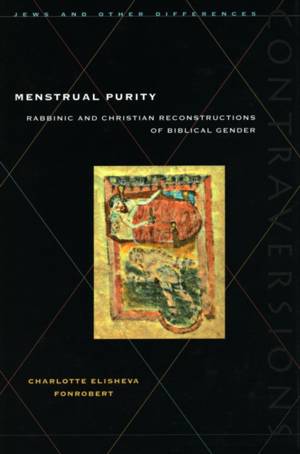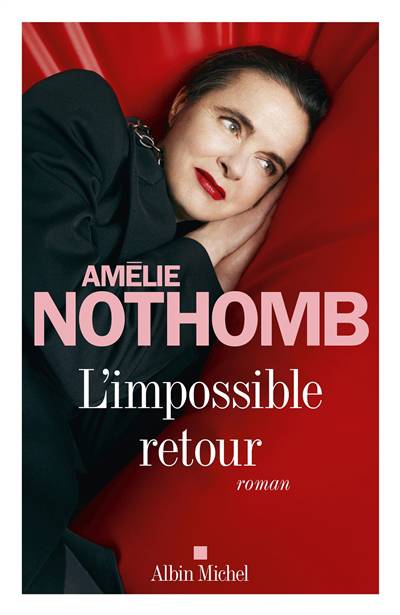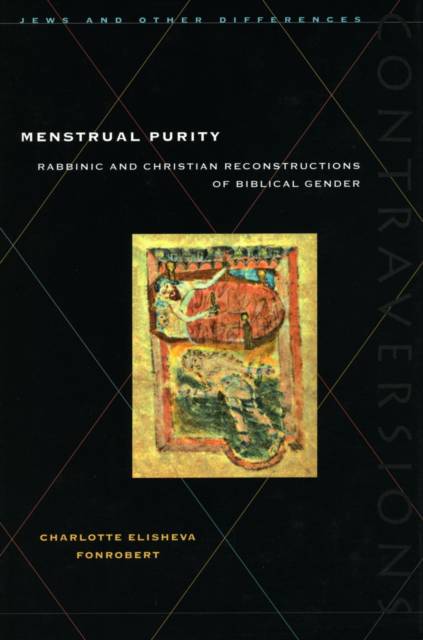
- Retrait gratuit dans votre magasin Club
- 7.000.000 titres dans notre catalogue
- Payer en toute sécurité
- Toujours un magasin près de chez vous
- Retrait gratuit dans votre magasin Club
- 7.000.000 titres dans notre catalogue
- Payer en toute sécurité
- Toujours un magasin près de chez vous
Menstrual Purity
Rabbinic and Christian Reconstructions of Biblical Gender
Charlotte Elisheva FonrobertDescription
Perhaps more than any other aspect of rabbinic literature, the laws about and discussions of menstruation have polarized current discussions of gender relations in Jewish culture. Is the designated impurity of menstruation sexist? Or does ritual absence from sex during menstruation encourage a rhythmic reaffirmation of conjugal intimacy?
This book offers a new perspective on the extensive rabbinic discussions of menstrual impurity, female physiology, and anatomy, and on the social and religious institutions those discussions engendered. It analyzes the functions of these discussions within the larger textual world of rabbinic literature and in the context of Jewish and Christian culture in late antiquity.
How did gender work--how was it made to work--in rabbinic literature? How did that literature dictate the place of women in Jewish culture? In search of answers to these questions, the author analyzes the architectural metaphors deployed to describe female anatomy, arguing that this discursive construction operated culturally to associate women with the home and exclude them from rabbinic study halls.
The author shows that rabbinic discourse is not completely controlled by rabbinic ideology, however. She analyzes talmudic discussions that allow alternative gender perspectives to emerge, indicating that women and their bodies were not completely objectified. This suggests that the Babylonian Talmud does not present a completely homogeneous gender structure, but contains a number of different, sometimes contradictory, possibilities.
The book concludes with a study of early Christian texts that relate to the same biblical laws on menstrual impurity as rabbinic texts, focusing in particular on a Jewish-Christian text in which the anonymous author polemicizes against Jewish women converts who remain attached to the biblical laws. This text allows us to reconstruct women's perspectives on the inscription of religious meaning onto their bodies and physiological processes.
Spécifications
Parties prenantes
- Auteur(s) :
- Editeur:
Contenu
- Nombre de pages :
- 344
- Langue:
- Anglais
- Collection :
Caractéristiques
- EAN:
- 9780804745536
- Date de parution :
- 02-01-02
- Format:
- Livre broché
- Format numérique:
- Trade paperback (VS)
- Dimensions :
- 155 mm x 228 mm
- Poids :
- 480 g







